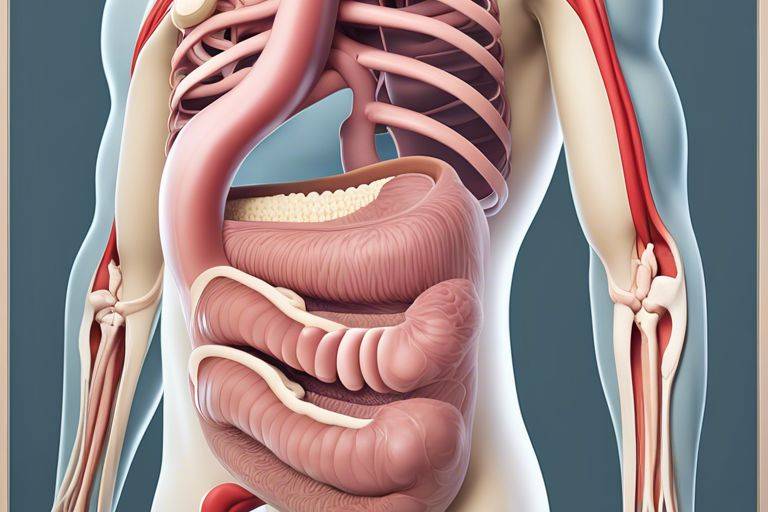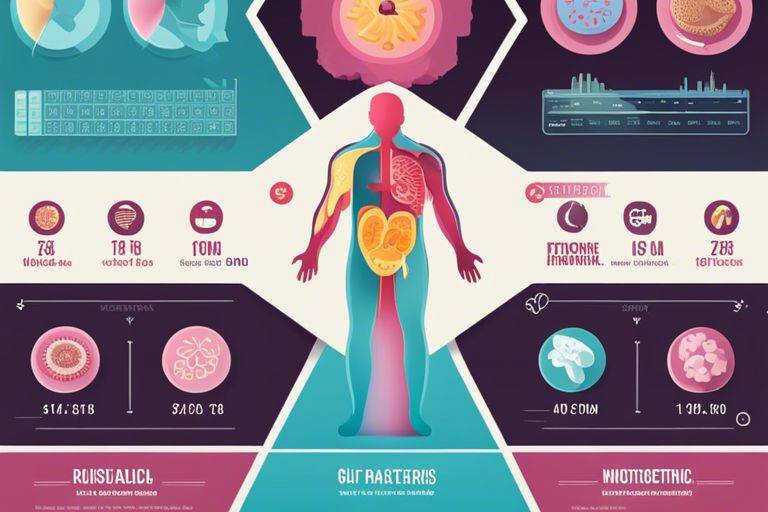You wouldn’t be able to function without your digestive system. Let’s investigate into the intricate world of your gut – from the mouth to the intestines – and learn how it breaks down food, absorbs nutrients, and eliminates waste. Understanding this crucial system can help you make better choices for your health and overall well-being. Join me on this fascinating journey through the anatomy of the gut.
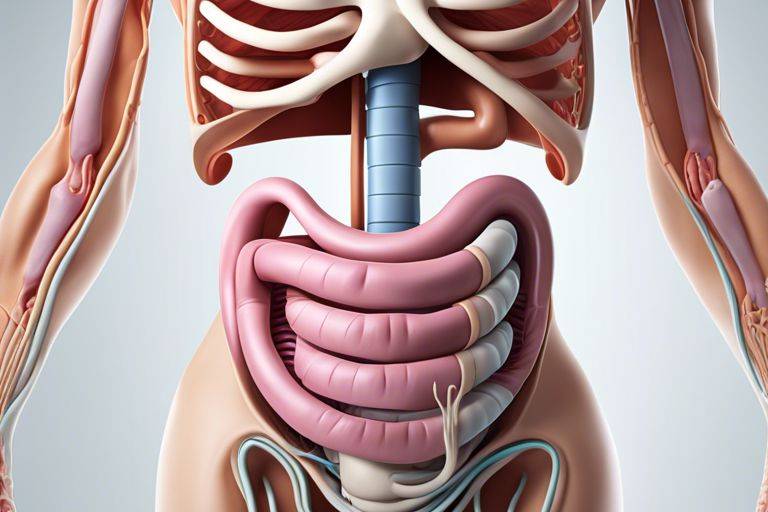
Key Takeaways:
- Gut Microbiome: The gut is home to a vast ecosystem of bacteria, fungi, and other microorganisms that play a crucial role in digestion and overall health.
- Digestive Organs: The digestive system includes the mouth, esophagus, stomach, small intestine, large intestine, liver, gallbladder, and pancreas, all working together to break down food and absorb nutrients.
- Peristalsis: This is the rhythmic contraction of muscles in the digestive tract that helps move food and waste through the system.
- Enzymes: These proteins help break down food into nutrients that can be absorbed by the body, with specific enzymes targeting different types of molecules.
- Importance of Fiber: Fiber is imperative for gut health as it aids in digestion, promotes the growth of beneficial gut bacteria, and helps prevent constipation.
- Leaky Gut Syndrome: This condition occurs when the intestinal lining becomes damaged, allowing toxins and other harmful substances to leak into the bloodstream, potentially leading to inflammation and other health issues.
- Maintaining Gut Health: Consuming a balanced diet rich in fruits, vegetables, whole grains, and probiotics, staying hydrated, managing stress, and getting regular exercise are all important factors in maintaining a healthy gut.
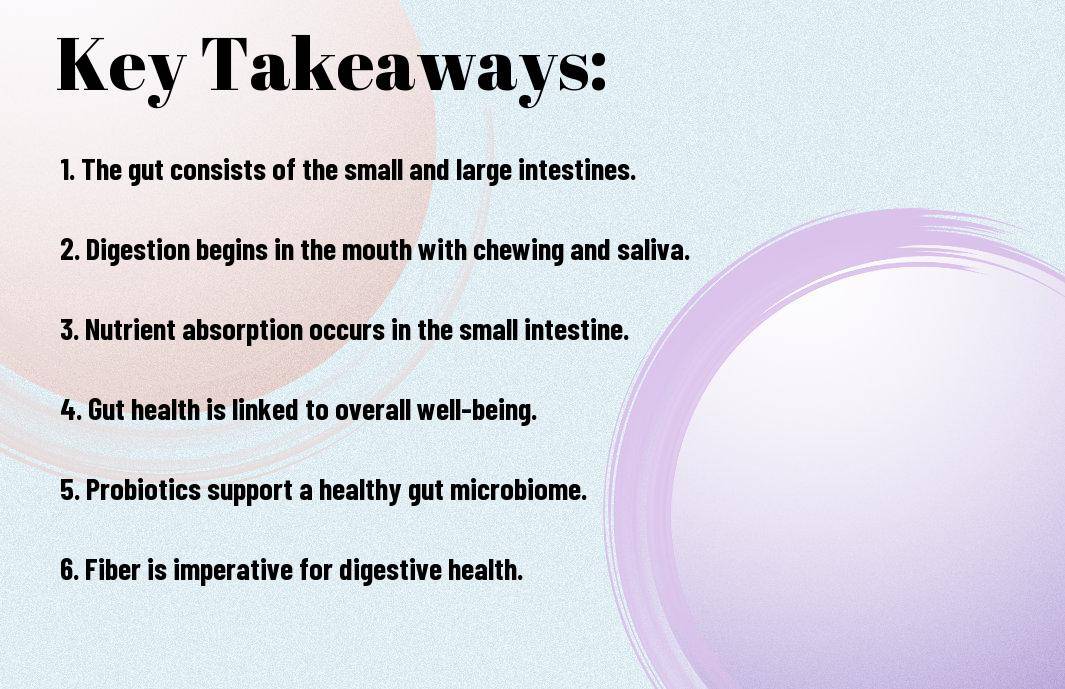
The Gut: A Complex Ecosystem
For
The Gut Microbiome: A Delicate Balance
One crucial aspect of the gut is its microbiome, a community of trillions of bacteria that play a vital role in digestion, immune function, and overall health. Maintaining a delicate balance of these microorganisms is key to supporting your well-being.
For
The Importance of Gut Bacteria
One crucial role of gut bacteria is their contribution to the breakdown of food, the synthesis of crucial vitamins, and the protection against harmful pathogens. These bacteria are crucial in promoting a healthy immune system and preventing disease.
Complex and diverse, gut bacteria not only aid in digestion but also impact mood regulation, weight management, and even skin health. The imbalance of gut bacteria, known as dysbiosis, can lead to digestive issues, autoimmune conditions, and inflammation. It’s crucial to nurture this ecosystem by consuming a diverse range of fiber-rich foods to support the growth of beneficial bacteria.
The Structure of the Gut
Even though it may seem like a simple tube running through your body, the digestive system is a complex network of organs working together to break down food and absorb nutrients. If you want to visualize the structure of the gut, you can refer to the Digestive System | Anatomy Gallery.
The Mouth: Where Digestion Begins
To kickstart the digestive process, I chew my food, breaking it down into smaller pieces. Saliva contains enzymes that start breaking down carbohydrates, making it easier for the body to absorb nutrients.
The Esophagus: A Muscular Tube
Digestion continues as I swallow the food, moving it down the esophagus towards the stomach. This muscular tube uses rhythmic contractions to push the food downward, a process called peristalsis.
Understanding the esophagus is crucial, as it plays a vital role in transporting food from your mouth to your stomach. It’s a strong and flexible tube that can expand to accommodate food and liquids, ensuring they reach the stomach safely.
The Stomach: Acidic Environment
For further breakdown, I release digestive juices in my stomach, including hydrochloric acid and enzymes. This acidic environment helps to break down proteins and kill any harmful bacteria present in the food.
Esophagus must be careful, as the stomach acid can be damaging if it leaks back into the esophagus, causing conditions like acid reflux or heartburn. But fear not, the stomach lining is equipped with mucus to protect itself from the acid.
The Small Intestine: Nutrient Absorption
Despite the complex nature of the digestive system, the small intestine plays a crucial role in extracting necessary nutrients from the food we consume. To explore deeper into this process, I recommend exploring the Overview of the Digestive System – Lumen Learning for a comprehensive understanding of how our bodies process food.
Villi and Microvilli: Increasing Surface Area
Intestine villi and microvilli are microscopic structures that line the walls of the small intestine, significantly increasing the surface area available for nutrient absorption. This intricate network of tiny projections helps maximize the absorption of nutrients into the bloodstream efficiently.
The Role of Enzymes in Protein Breakdown
Surface enzymes within the small intestine play a crucial role in breaking down proteins into amino acids, the building blocks necessary for various bodily functions. These enzymes work tirelessly to ensure that proteins are adequately digested and can be absorbed effectively for energy production and tissue repair.
Increasing the breakdown of proteins through enzymatic action is vital to ensure that your body can utilize these necessary nutrients for optimal health and well-being. Enzymes like pepsin and trypsin play key roles in breaking down complex protein structures into simpler compounds that can be readily absorbed.
Absorption of Nutrients into the Bloodstream
Bloodstream absorption is a critical step in the digestive process where nutrients are transferred from the small intestine into the bloodstream for distribution throughout the body. This intricate mechanism ensures that necessary vitamins, minerals, and macronutrients are efficiently absorbed to support various bodily functions and overall health.
Area specialized structures within the small intestine, such as villi and microvilli, facilitate the absorption of nutrients into the bloodstream, allowing your body to harness the full nutritional benefits from the food you consume.
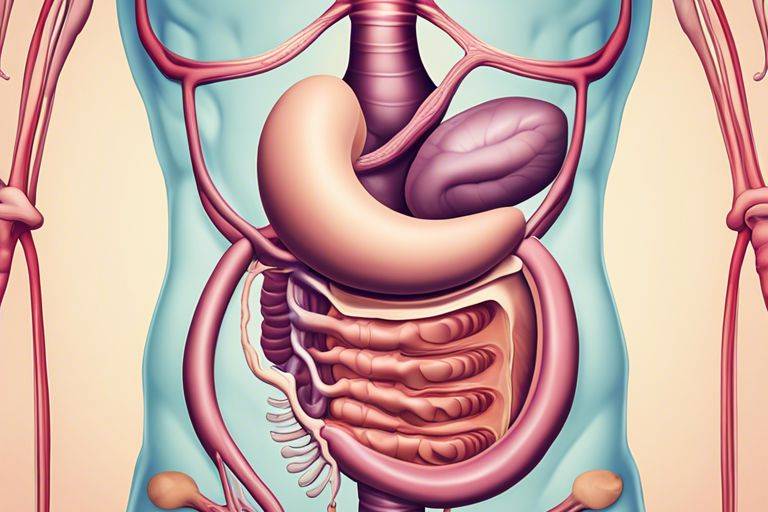
The Large Intestine: Water Absorption and Waste Elimination
To understand the role of the large intestine in digestion, it’s crucial to comprehend its primary functions: water absorption and waste elimination. As food moves through the colon, water is extracted, leaving a semi-solid waste material known as stool. The colon also houses an array of beneficial bacteria that play a crucial role in breaking down undigested food particles.
The Colon: A Fermentation Chamber
Any undigested food particles that reach the colon are broken down further by a complex community of bacteria. This fermentation process produces crucial nutrients like short-chain fatty acids, which are vital for maintaining gut health and overall well-being.
The Cecum: A Pouch-like Structure
Pouchlike in shape, the cecum is a small pouch at the beginning of the large intestine. It serves as a site for the fermentation of complex carbohydrates that cannot be digested by human enzymes. Here, beneficial bacteria thrive, aiding in the breakdown of these indigestible compounds.
Another crucial function of the cecum is its role in the immune system. It acts as a reservoir for “good” bacteria that help defend against harmful pathogens, promoting a healthy balance of microorganisms in the gut. Additionally, the cecum plays a vital role in water absorption and the formation of feces.
The Rectum: Storage and Elimination
Large intestine’s terminal portion, the rectum, serves as a temporary storage site for feces before elimination. When the rectal walls are stretched due to the accumulation of stool, nerve receptors signal the brain that it’s time to eliminate waste. This triggers the urge to defecate, prompting the muscles of the rectum and anus to relax for waste expulsion.
Cecum The rectum’s efficient function ensures timely and controlled waste elimination from the body. Strong muscles in the rectum also help prevent leakage between bowel movements, maintaining continence and aiding in overall digestive health.
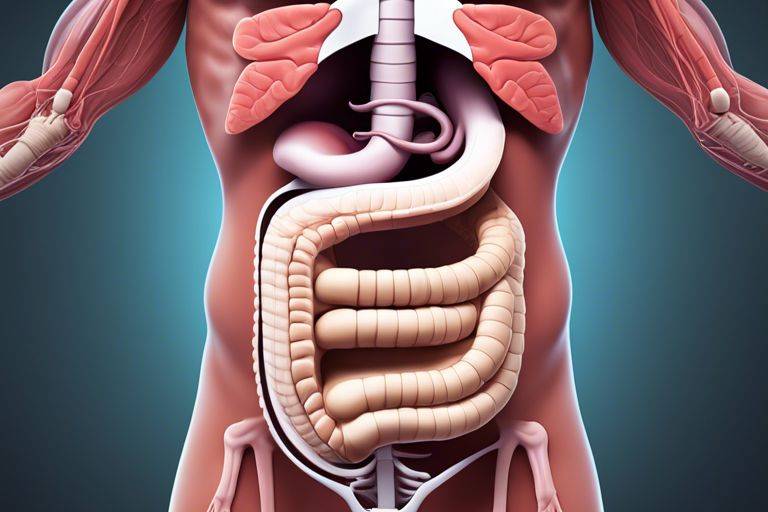
The Gut-Brain Axis: A Two-Way Communication
Your digestive system communicates bidirectionally with your brain through the gut-brain axis. This complex network involves the central nervous system, enteric nervous system, and the endocrine system, allowing for constant communication between the gut and the brain.
The Vagus Nerve: A Key Player
Gut-brain communication is facilitated by the vagus nerve, a major cranial nerve that runs from the brainstem to the abdomen. This nerve plays a crucial role in transmitting signals between the gut and the brain, influencing various physiological functions and even impacting mood and emotions.
The Impact of Gut Health on Mental Well-being
For optimal mental well-being, maintaining a healthy gut is crucial. The gut microbiota produce neurotransmitters like serotonin and gamma-aminobutyric acid (GABA), which play key roles in regulating mood and cognitive function. Imbalances in gut bacteria can lead to conditions like depression and anxiety.
Another important aspect of the gut-brain connection is the role of inflammation. Chronic inflammation in the gut can lead to increased permeability of the gut barrier, allowing harmful substances to enter the bloodstream and potentially affect brain function. This highlights the importance of maintaining a healthy gut for overall well-being.
The Gut’s Influence on the Brain’s Function
For optimal brain function, a healthy gut is necessary. Research has shown that the gut microbiota can influence brain health by producing neuroactive compounds and interacting with the central nervous system. Disruptions in the gut-brain axis have been linked to conditions like Alzheimer’s disease and Parkinson’s disease.
Gut Health and Disease
The Consequences of an Imbalanced Gut Microbiome
Not maintaining a healthy balance of gut bacteria can lead to various health issues. Imbalances in the gut microbiome can result in digestive problems, weakened immune function, and even mental health disorders.
The Link between Gut Health and Autoimmune Disorders
Consequences of poor gut health can extend beyond digestive issues. The gut is closely linked to autoimmune disorders, with research suggesting that an imbalanced gut microbiome may contribute to the development of conditions like rheumatoid arthritis and lupus.
It’s vital to note that the gut plays a crucial role in regulating the immune system. An imbalance in gut bacteria can trigger an inflammatory response, potentially leading to autoimmune reactions.
The Role of Diet in Maintaining Gut Health
On the topic of maintaining gut health, your diet plays a significant role. Consuming a diverse range of fruits, vegetables, and fiber-rich foods can promote a healthy gut microbiome, supporting digestion and overall well-being.
Dietary choices directly impact the composition of gut bacteria. Including probiotic-rich foods like yogurt and fermented vegetables, along with prebiotic foods like bananas and onions, can help nourish beneficial bacteria in the gut.
Final Words
Hence, understanding the anatomy of your gut is crucial for maintaining good digestive health. By gaining insight into how your digestive system works, you can make informed choices that positively impact your overall well-being. Recall, a healthy gut leads to a healthy life. So, take care of your gut and it will take care of you!
FAQ
Q: What is the digestive system?
A: The digestive system is a group of organs working together to convert food into energy and basic nutrients to feed the entire body.
Q: What are the main organs of the digestive system?
A: The main organs of the digestive system include the mouth, esophagus, stomach, small intestine, large intestine, liver, gallbladder, and pancreas.
Q: How does the digestive system work?
A: The digestive system works by breaking down food into smaller molecules, absorbing nutrients, and eliminating waste products.
Q: What role does the gut microbiome play in digestion?
A: The gut microbiome consists of trillions of bacteria that help with digestion, nutrient absorption, and immune function.
Q: What are common digestive disorders?
A: Common digestive disorders include acid reflux, irritable bowel syndrome (IBS), celiac disease, and constipation.
Q: How can I maintain a healthy digestive system?
A: You can maintain a healthy digestive system by eating a balanced diet high in fiber, staying hydrated, exercising regularly, and managing stress.
Q: When should I see a doctor about digestive issues?
A: You should see a doctor if you experience persistent digestive symptoms such as abdominal pain, bloating, diarrhea, or blood in your stool. It’s important to get a proper diagnosis and treatment for any digestive issues.
